
Although we enjoy the warmth of the fireplace, the odors can be unpleasant. With simple tricks like vinegar, salt, or baking soda, you can keep your home fresh and cozy.
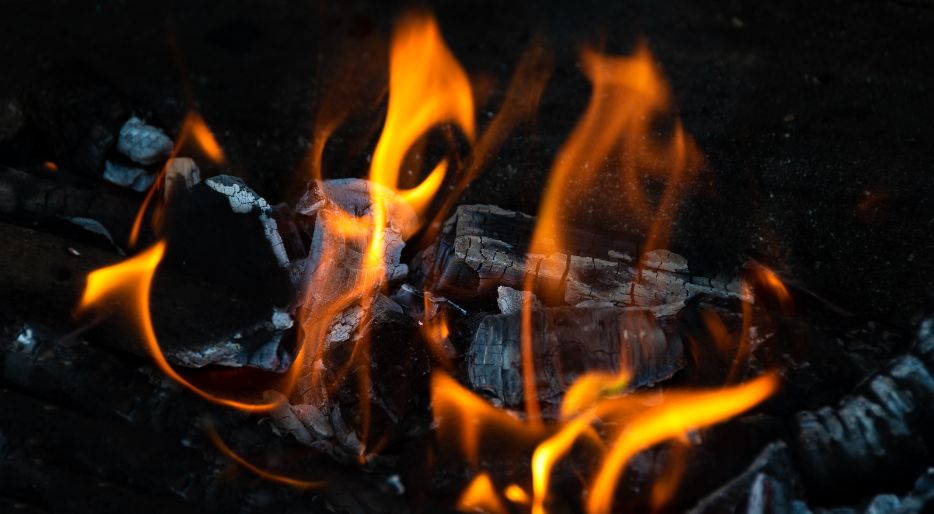
When enjoying the warmth and charm of a fireplace in our home, it is essential to remember that safety must always be our top priority. Failure to use our fireplace properly can lead to fire problems.
In this article, we will explore some of the most common causes of chimney fires, which will help us to identify and prevent potential hazards. In addition, we will look at the safest methods of extinguishing a chimney fire.
Before we look at the methods of extinguishing a chimney fire, we need to know what the main causes of chimney fires are.
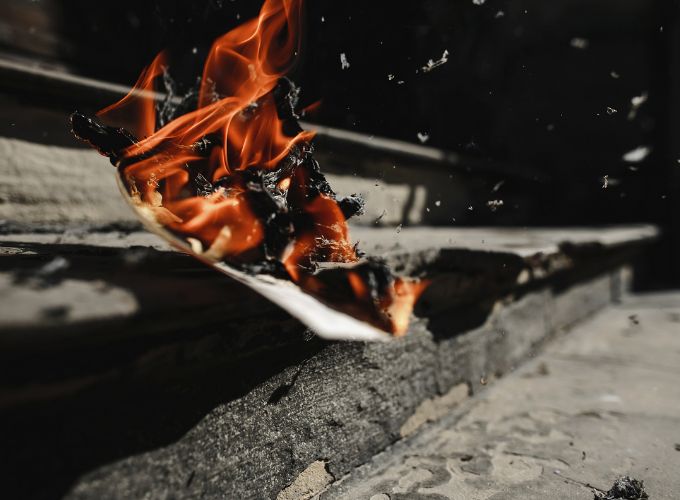
Always follow the manufacturer’s instructions for lighting and maintaining a fire safely whether you have a wood-burning cooker or a fireplace. 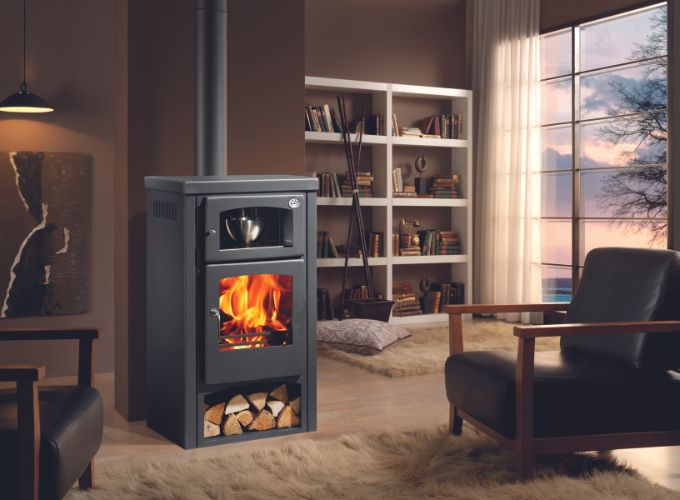
Below we will analyse the steps to extinguish a chimney fire safely and maintaining the safety of our home at all ti
The most important thing in the event of a chimney fire is to stay calm and act quickly. Remember that the safety of your family and your home is the most important thing. Avoid panic and take immediate action to control the situation.
If there are other people in the house, be sure to alert everyone about the fire in the chimney. Communicate clearly that they should evacuate the area and go to a safe place outside the house. It is important that everyone is aware of the situation and follows the appropriate safety precautions.
The air supply to the chimney is essential to keep the fire burning. If it is safe to do so, close the vent dampers or air registers in the chimney to reduce the flow of oxygen. This will help to limit the amount of oxygen available to the fire and consequently reduce its intensity.
If you have access to a fire extinguisher rated for Class A fires, you can try to use it to put out the fire. Be sure to read and follow the instructions on the extinguisher carefully. Aim the extinguisher stream at the base of the fire and spray in a sweeping motion until the fire is completely out. If the fire is too large or you cannot control it quickly, leave the house and call the emergency servic
It is crucial to note that you should never attempt to extinguish a chimney fire with water. Water can generate a pressure build-up in the chimney and cause serious structural damage or even an explosion. In addition, water can spread embers and sparks, which can lead to an even larger fire. Using water is extremely dangerous and should be avoided at all times.
If you cannot control the fire quickly or if you are in any doubt about your safety, call the emergency services immediately. Firefighters are trained to deal with fires and have the necessary equipment to extinguish the fire safely and effectively. Do not underestimate the importance of calling for professional help in fire situations.

After a chimney fire, it is important to take a number of measures for a proper recovery of the affected area:
Have you found this article useful? Take a look at our blog and find solutions and recommendations to help you with your fireplace or wood stove.
If you still haven’t got your fireplace or wood stove for this winter… what are you waiting for? Visit our online store of Panadero wood stoves.
Articles of interest:
Did you like this article? If so, help us spread it 😊 . Click on the buttons below here and feel free to share it on your social networks!
Thank you very much!
↓ ↓ ↓ ↓

Although we enjoy the warmth of the fireplace, the odors can be unpleasant. With simple tricks like vinegar, salt, or baking soda, you can keep your home fresh and cozy.

How to avoid dust in the house when using a wood stove: tips and tricks for a clean and healthy home
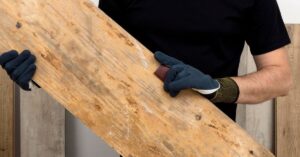
Learn how to remove mould from your wood for use by following the steps in this article.
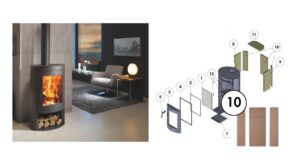
All you need to know: what it is, uses and benefits of wood stoves
To provide the best experiences, we use technologies like cookies to store and/or access device information. Consenting to these technologies will allow us to process data such as browsing behavior or unique IDs on this site. Not consenting or withdrawing consent, may adversely affect certain features and functions.